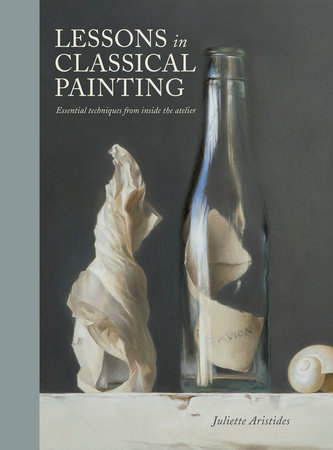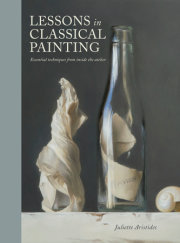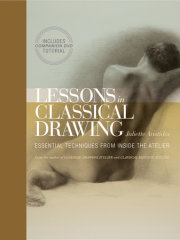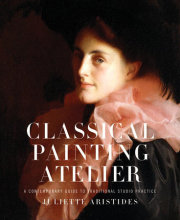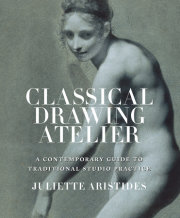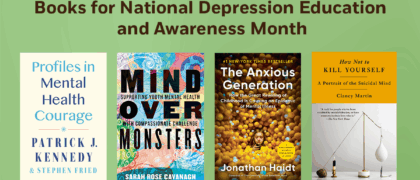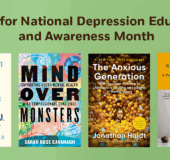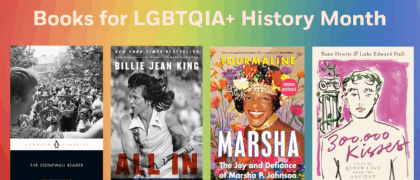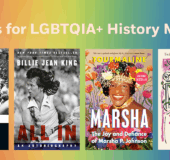1 Prologue
7 Introduction
13 CHAPTER 1 Value Pattern: An Arrangement in Gray
13 Finding Formal Shapes
17 The Poetry of Painting
20 Creating Value Shapes
22 Value Composition
24 Monochrome Painting
25 The Importance of Poster Studies
31 Lesson 1: Value Poster Study
41 Lesson 2: Creating a Tonal Underpainting
46 On Seeing
51 CHAPTER 2 Form Painting: The Sensesof Touch and Sight Combined
53 General to Specific
56 Basic Shapes
58 Using Geometric Solids to Understand Form
60 Lighting Your Subjects
76 On Highlights by Alan Carroll
78 Edges
80 Manipulating Edges with Intention
85 Lesson 3: Value Sphere Painting
90 Painting a Cast
95 Lesson 4: Form Painting
101 CHAPTER 3 Temperature: Unlocking the Secrets of Color
104 An Introduction to Warm and Cool
112 Understanding Temperature Relationships
115 The Illusion of Color with Warm and Cool
116 Lighting Your Still Life
118 Warm and Cool Color Chart
123 Lesson 5: Warm and Cool Painting
128 Painting from Life
131 Artists and Their Palettes through the Ages
142 Adopting a Limited Palette
144 Extending the Palette
146 Adopting an Extended Palette
151 Lesson 6: Limited Palette Portrait Painting
159 Lesson 7: Mastering Trompe L’Oeil
164 The Importance of Making Master Copies
169 Lesson 8: Master Copy
175 CHAPTER 4 Color: The Palette of Nature
178 Making Sense of Paint Names
181 The Four Questions about Color
186 The Color Wheel
190 Color Mixing
192 Balancing the Palette
194 Creating the Color Wheel
196 Neutralizing Color
198 Moving Inside the Color Wheel
200 The Challenge of Tints and Shades
200 Color Strings
202 Application of the Color Wheel
207 Lesson 9: Painting a Full-Chroma Object
213 Lesson 10: Floral Painting with a Color Wash Underpainting
221 Lesson 11: Figure Painting from Life

